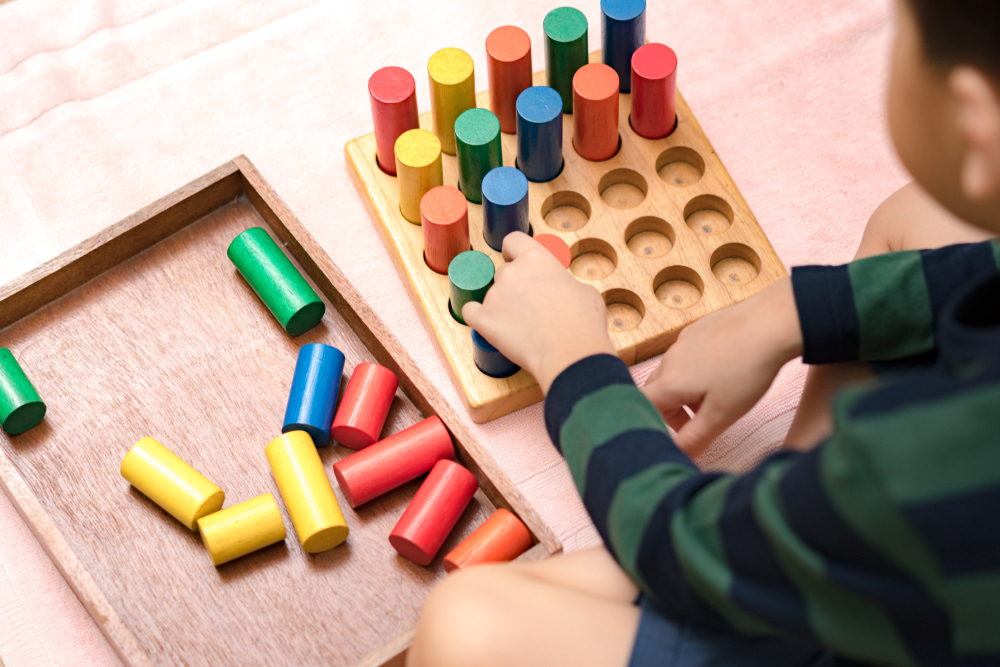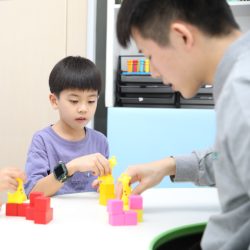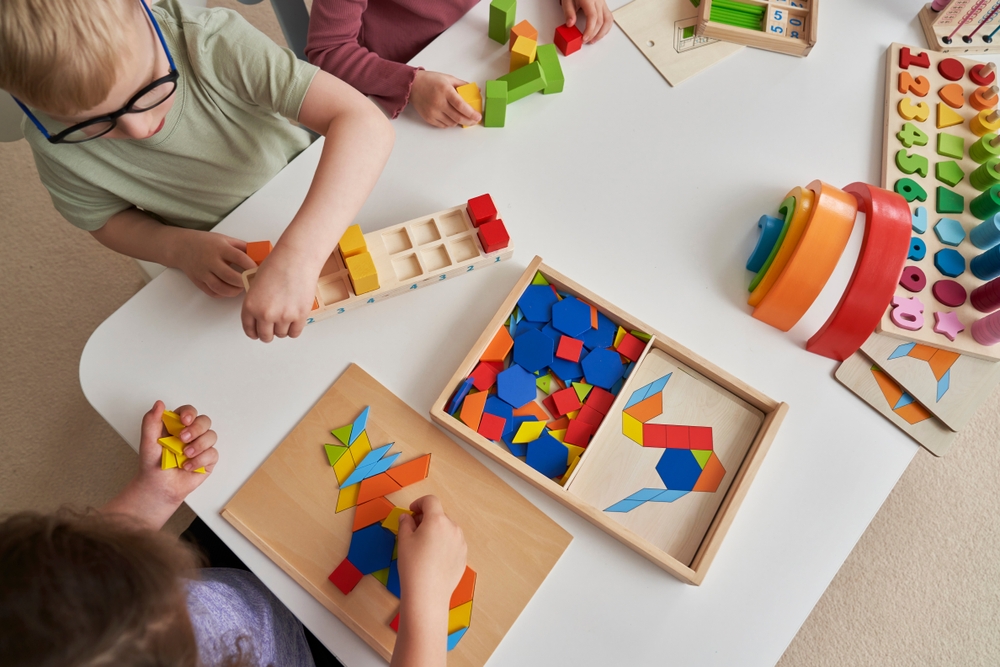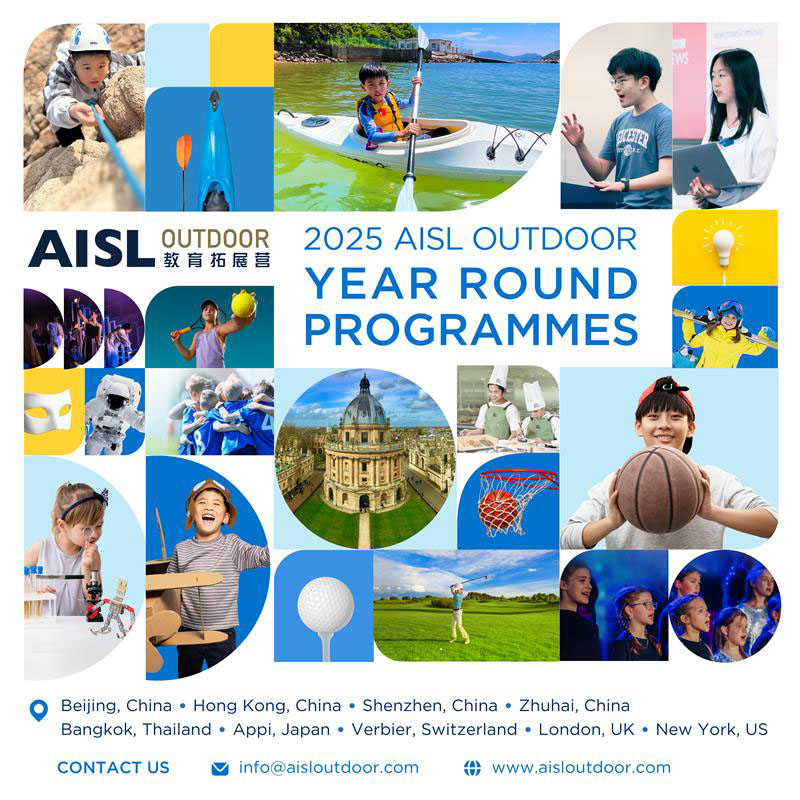In special education, the term “collaboration” refers to a team-teaching approach. In addition to the regular classroom teacher and the special education teacher, a collaborative team may also include speech, occupational, and/or physical therapists.
Today, more special education students are taught in regular classrooms, and collaboration is increasing. Collaboration helps to ensure children with learning disabilities get a free appropriate public education, including specialised instruction, in a regular classroom.
There are several ways to ensure students get the instructional support they need. Collaboration provides options to allow students to be educated (as required by in law in many developed countries) in the least restrictive environment.
The Lead Teacher Collaboration Model
In classrooms with a lead teacher, often the regular classroom teacher delivers the instruction in the subject area. The special education teacher is an observer who works with children after instruction to provide specially designed instruction, ensure understanding, and to provide adaptations and modifications.
The Learning Centres Collaboration Model
Each teacher is responsible for instruction in a specific area of the room. Students are assembled into groups that rotate through the centres for instruction. Special education teachers may deliver instruction in areas of their certifications and may also serve as support to other teachers without a special education background.
The learning centre collaboration approach is particularly appropriate for younger students, for whom centre-based education is more typical.
Withdrawal Collaboration Model
In some settings, rather than having special education teachers or therapists “included” in general education classrooms, students are “withdrawn” for services. In such situations, students might leave the classroom for therapies or particular subjects, and then return to the general education classroom. When this occurs, the general education teacher collaborates with the special needs professional to be sure the student’s needs are being met.
Alternative Collaborative Setting
Partially or entirely separate educational settings are relatively rare, even for students with significant learning or developmental challenges. A substantially separate setting is designed specifically for students with disabilities; for example, some classrooms are set up to serve students with autism while others are set up for students with speech and language disabilities, etc.
Students work one-on-one or in small groups with a special education teacher and possibly with instructional assistants for all or part of the instructional day. Even when students are placed full time in special education classrooms, teachers may communicate with each other to ensure students’ programs include appropriate instruction.
Separate settings are typically used with students who have a more significant need for direct instruction.

Team Teaching
Team teaching involves general education and special needs teachers working together collaboratively to teach a classroom of students. Either teacher who has the necessary background knowledge in the subject introduces new concepts and materials to the class. Both teachers work as a team to reinforce learning and provide assistance to students as needed. Special education teachers provide specially designed instruction to students with IEPs, and regular education teachers can assist with this as well.
Consultation Models of Collaboration
A special education teacher may provide some instruction to students, but the majority of service is indirect. The special education teacher mostly provides guidance to the regular education teacher on how to modify instruction to meet the student’s needs.
Special Education Products / Services That May Be of Interest:
Get a special discount by quoting code AISLMALL during CHECKOUT.
Therapy Services – 1 on 1 Offline Therapy Service (Speech Language-Pathology/ Occupational Therapy)

Allied Health School Services certified speech-language pathologists and occupational therapists offer personalized therapy for speech, language, motor skills, emotional regulation, and self-care. We use evidence-based practices to support students’ academic and social growth, boosting confidence and promoting inclusive learning environments.









